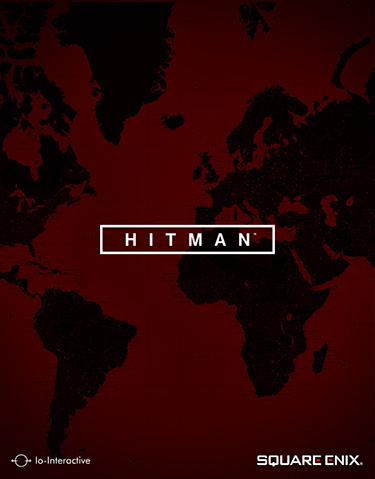How Hitman Sidesteps the Clockwork Worlds Content Problem
By Darth_Navster 6 Comments

If there is something that video games tend to do far better than most other media, it’s creating a sense of place. Whether we’re exploring the vast fields of Hyrule or the humble Greenbriar residence, there’s something special about picking through a virtual space. More so than most, the Hitman games have thrived on creating intricate, clockwork-like environments where the player is encouraged to poke and prod the systems present to accomplish their goals. But as these worlds have grown ever more complex and expensive to produce, it has become apparent that a good portion of the designer’s work will never be seen by the average player. But rather than simply accept the status quo and move on, the folks at IO Interactive brilliantly incorporated this limitation into Hitman’s design. By doing so, they have created one of the most compelling examples for episodic gaming in recent memory.
The major issue with clockwork worlds is the large discrepancy between what content the developer must create versus what content the player actually sees. On a given playthrough, a player will pick one approach out of many to accomplish their goals. The remaining approaches, and the content made for them, may as well not exist from the player’s perspective. While having environments that allow for such freedom for the player is great feature to sell a game, it poses a major issue for AAA development at a time when budgets are ballooning at an unwieldy rate. So how can developers satisfy players while still keeping their game’s scope from getting out of control?
One remedy for this is to encourage the player to go through a level multiple times, trying out the different approaches and seeing all the content the developer labored to create. However, very few games actually do a good job in encouraging replays. Taking Deus Ex: Mankind Divided as an example, let’s say I want to complete a specific mission with guns blazing rather than the stealthy approach I used my first time through. Unfortunately, there’s no good way for me to get back to that point outside of having the foresight to make a save prior to commencing the mission. Failing that, I would need to start up a new game and slog through the story until I get back to where I want to be. It’s time consuming and tedious, and as a result, I have no desire to go back to the mission.
Hitman, on the other hand, actively encourages replays of its levels in a number of brilliant ways. First, each mission can be accessed separately from the menu. Second, each playthrough unlocks new disguises, starting locations, and gear that slightly tweaks how the player approaches their assassination target. Third, the use of elusive targets, escalation missions, and opportunities radically alters how the player views the static environment. And finally, the episodic structure prevents players from simply barreling through the story and setting the game aside. Combine these design decisions with gorgeous and detailed environments, and you get a formula that has players excited to go through Hitman’s content over and over again.
Despite the reservations from many regarding Hitman’s episodic rollout at the start of the year, the decision to dole out the game in a piecemeal fashion can now be seen as a resounding success. The structure of the game allows it to encourage the sort of freeform, multi-playthrough gameplay that the franchise is known for while also making great use of the assets created. The result is an excellent return to form for Agent 47 that finally shows a viable path forward for episodic AAA development.